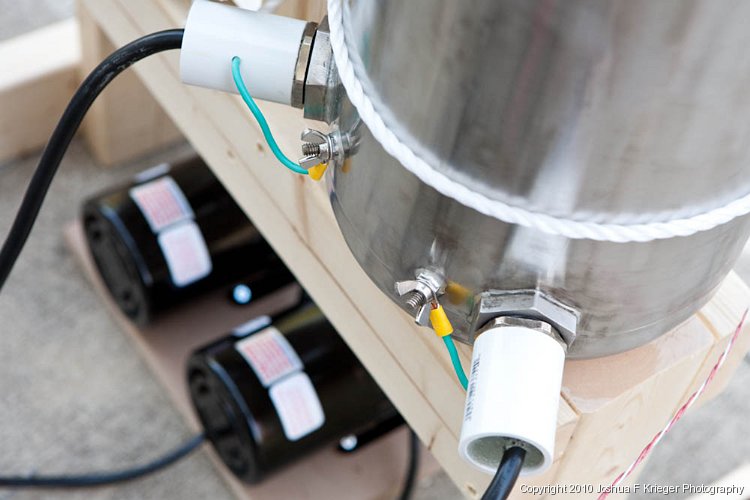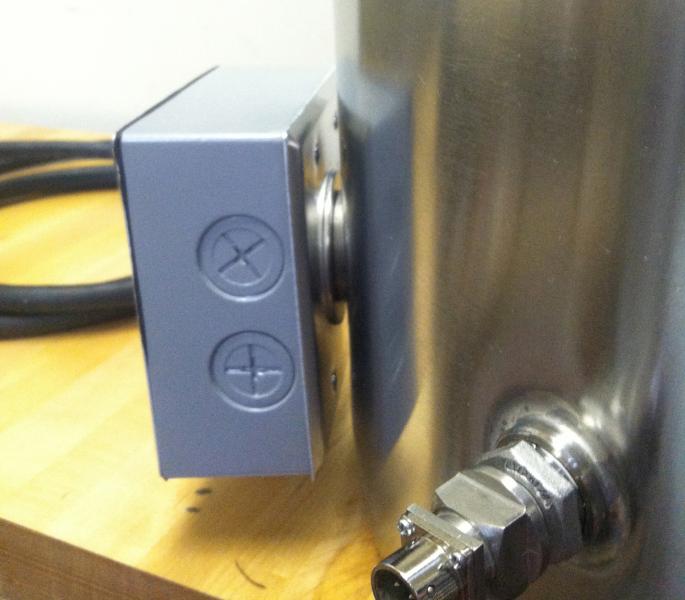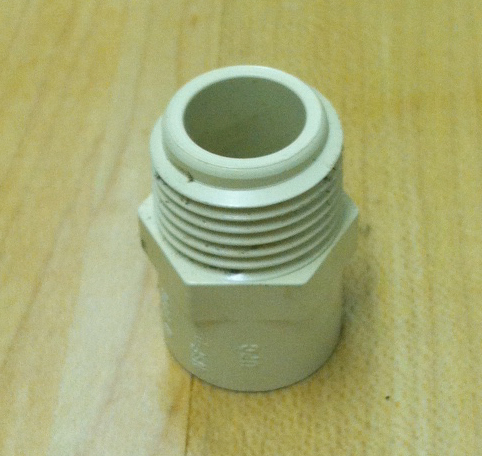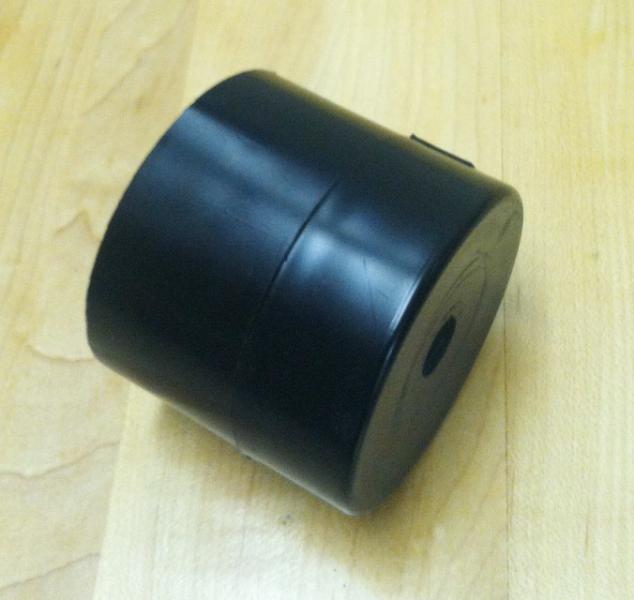SmokingDog
Well-Known Member
If you were going to do, or re-do your keggle, which mount would you solder to your keggle?
1" hex nut or a 1" 1/2-coupling?
1" hex nut or a 1" 1/2-coupling?


I'm also curious as to why you guys think the o-ring is necessary. Every element I've purchased came with a sealing washer... the flat surface of the coupling OR hex nut provides plenty of sealing power.
DON'T OVER THINK IT!!
No leakage into the box - that's key! Rather than the standard gasket that comes with the element, I used a silicone O-ring, which is protected from over tightening by a slighly larger stainless steel washer. When the element is tightened it squeezes the O-ring until the washer contacts the half coupling. This allows the box to be in solid contact with the coupling, and therefore the kettle, for grounding, as well.
The issue with the black gasket is some have said it gives off a rubbery flavour. Putting it in a cup of boiling water apparently reveals some of its taste
i just went with silicone for peace of mind. its cheap insurance vs hunting for off flavours in my brew.
Don't you achieve grounding even if the electrical box or washer aren't touching the kettle wall? I was thinking I would ground the incoming ground wire to the electrical box, then the element base is screwed into the soldered fitting which is now part of the kettle itself, right? The solder would conduct electricity to ground the kettle - am I right on this? Even if there is a gasket between the fitting and the element's flat base, the element threads are still in direct contact with the fitting and therefore the kettle.
Because liquid can follow the threads on the base of the element past the O-ring on the outside, there needs to be a gasket or washer (I used the black one that comes with the element) under the base of the element, inside the box. That, and the gasket or O-ring between the box and the coupling would isolate the box. This would leave only the threads of the element, which can rust or corrode, to make the ground connection between the box and the kettle. By using the stainless washer sandwiched between the outside of the box and the coupler, a solid connection, virtually corrosion-proof, is made between all the parts. No external ground wires, no sealants, no JB-weld required. And, the element can be changed in minutes if necessary.
I guess that's why I was thinking a gasket (either stock or a new silicone one) would be better than an o-ring - it should seal better and not allow any leaks at all




epcgordy, very nice work! The install looks nice and sturdy. How did you make the dimple? Did you just use a larger version of the classic DIY dimple tool?
epcgordy. What size hole did you make for the coupling? 1-1/4? I did the same thing regarding the dimpling tool, I got a 1"-1-1/4" SS weld reducer and a 2" Black steel coupler. But I have not made the hole in the kettle yet.
Thanks for the tip. Pretty self explanatory, but got a pic of it?
Thanks for the tip. Pretty self explanatory, but got a pic of it?




So, I took some pictures when I got home last night. The second picture shows how the OD of the O-ring is slightly smaller than the ID of the stainless washer. When compressed between the box and kettle, the washer prevents the O-ring from deforming.
Enter your email address to join: